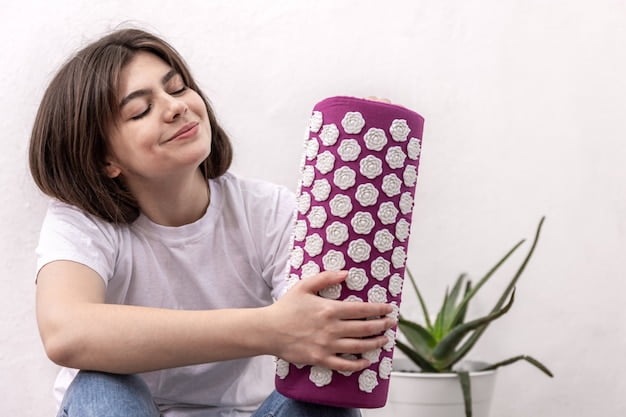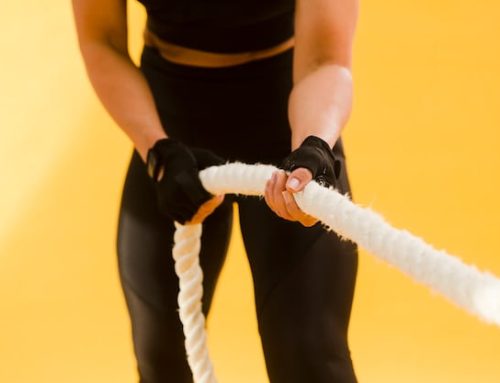The Benefits of Foam Rolling: A Comprehensive Guide
If you are an athlete or someone who routinely engages in physical activities, you may be familiar with foam rollers. They have become increasingly popular due to their remarkable benefits, ranging from alleviating soreness to improving recovery time. In this article, we will delve into the science behind foam rolling and its benefits, allowing you to make an informed decision about whether to incorporate it into your routine.
What is a Foam Roller?
A foam roller is essentially a cylinder made of foam, which can vary in density, size, and texture. These are used for a self-administered form of myofascial release, which is a term used to describe the mechanism by which foam rollers work. This therapy targets the fascia, a connective tissue that surrounds our muscles, joints, and organs, to alleviate muscle tension, reduce pain, and enhance mobility.
Benefits of Foam Rolling
There are numerous benefits to foam rolling, here are some of the most important ones:
1. Increases Flexibility and Range of Motion
Studies have shown that foam rolling can have a significant impact on flexibility and range of motion. By applying pressure to the muscles, the fascia is released, reducing the tension and adhesions that may limit movement.
2. Reduces Muscle Pain and Soreness
Foam rolling can help reduce muscle pain and soreness by increasing blood flow to the area. This increased circulation helps to remove waste products, such as lactic acid, that can accumulate in our muscles after physical activities.
3. Improves Athletic Performance
Foam rolling can help improve athletic performance by enhancing range of motion and flexibility, which can lead to better form, increased strength, and less risk of injury.
4. Accelerates Recovery Time
Foam rolling can help accelerate recovery time after an intense workout by increasing blood flow, reducing muscle soreness, and ultimately decreasing the time it takes to repair damaged muscle tissue.
5. Reduces Risk of Injury
By improving flexibility, range of motion, and mobility, foam rolling can reduce the risk of injury. Looser muscles and increased mobility mean that the body is more prepared for the stresses that come with physical activity.
Does Hanging from a Bar Decompress the Spine?
Many people believe that hanging from a bar can decompress the spine, providing relief for back pain and discomfort. While there is some evidence to suggest that hanging can have some benefits, it is important to understand the limitations and potential risks associated with this practice.
When hanging from a bar, the weight of your body is suspended, which can lead to increased space between the vertebrae, also known as spinal decompression. This can help alleviate pressure on the discs and nerves, which can be a cause of back pain.
However, there are potential risks associated with spinal decompression. Hanging for extended periods, especially with poor form or improper equipment, can lead to injury. If you are considering this practice, it is important to start slowly, with short periods of hanging, and to consult with a medical professional to ensure that it is safe for you.
Ultimately, while hanging from a bar may provide some benefits, it should not be relied on as the sole solution to back pain or discomfort. A comprehensive approach that includes proper exercise, stretching, and appropriate medical treatment is crucial for long-term relief.
Conclusion
Foam rolling is an effective and versatile tool that can provide numerous benefits for athletes and anyone looking to improve their physical health. By releasing tension and adhesions, foam rolling can help increase flexibility, mobility, and range of motion, while reducing muscle soreness and the risk of injury. While hanging from a bar may provide some benefits, it is important to approach spinal decompression with caution and to seek appropriate medical guidance. Incorporating foam rolling into your routine can be a simple and effective way to improve your physical health and overall well-being.






